Blondin
Celebrating Blondin, the legendary nineteenth century French tightrope walker and artist.
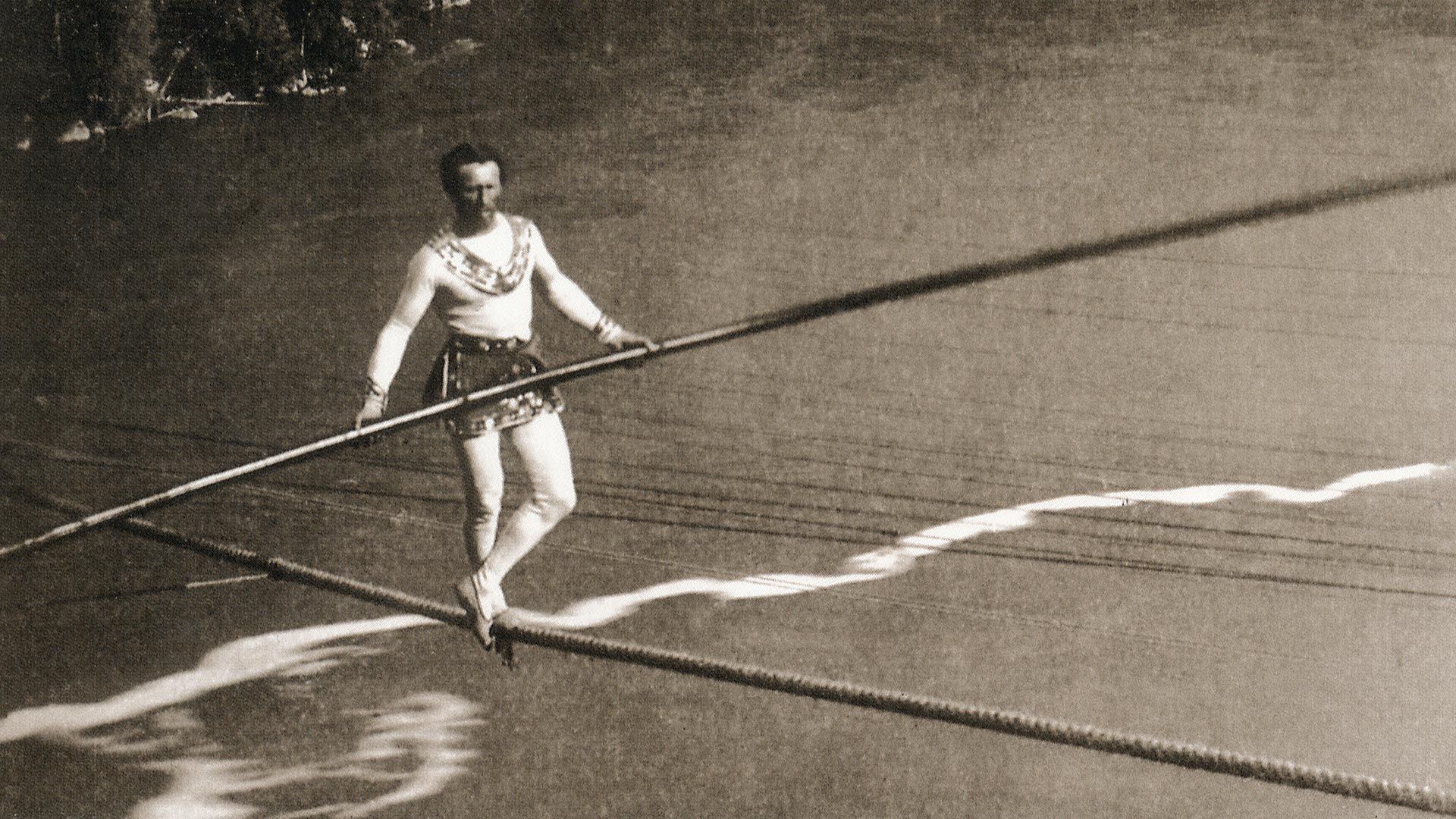
Where fear ends, greatness begins
Blondin’s daring tightrope feats, especially over the Niagara Gorge, captivated the world and redefined what courage could look like. His legacy still inspires those who dare to push boundaries.
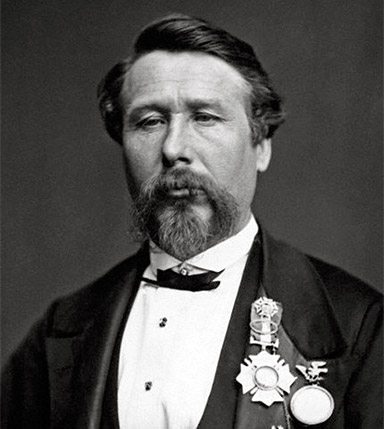
The Life of Blondin
Blondin (1824–1897), born Jean François Gravelet in the northern French town of Hesdin, grew up in a family of travelling acrobats. Performing from a young age, he developed a signature style of grace, daring, and theatrical showmanship that amazed audiences worldwide for over half a century.
Explore his life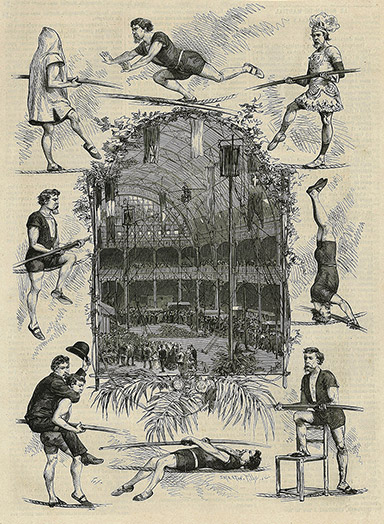
Blondin’s Historic Moments
Blondin’s breathtaking feats made him an international sensation and forever linked his name to one of the great spectacles of the 19th century. In 1859, he stunned the world by crossing the Niagara Gorge on a tightrope, then repeated it blindfolded, on stilts, carrying his manager, and even stopping on the rope to cook and eat an omelette. His daring and imaginative tightrope walking became legendary.
Explore the feats
Funambulus
A Brief History of Tightrope Walking
From sacred rites in ancient societies to daring modern displays, funambulism is an art of balance, nerve, and grace. Discover how this timeless tradition evolved and the performers who paved the way for Blondin.
Explore the history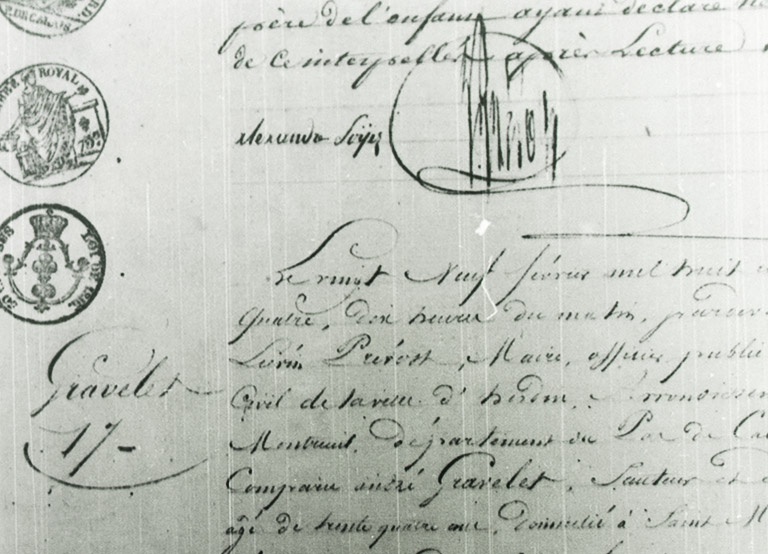
The Blondin Archive
Original documents & eyewitness accounts
Explore over forty original documents, including eyewitness accounts, newspaper reports, and observations by writers such as Dickens, Twain, and Gautier.
Browse the Archive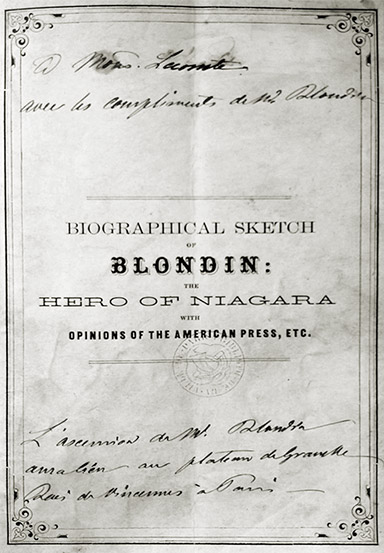
Unravelling the Myths
Blondin’s own 1860 biography shaped how the world saw him, but it contained many fabrications, from his birthplace to his family background and training. Discover the truth behind the Blondin myths.
Uncover the Facts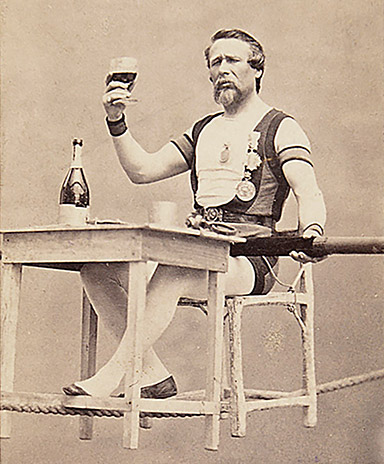
Annual Toasts
The Blondin Memorial Trust holds a gathering every year at Blondin’s grave in Kensal Green Cemetery, London. Join us for a toast in his memory.
Annual Events